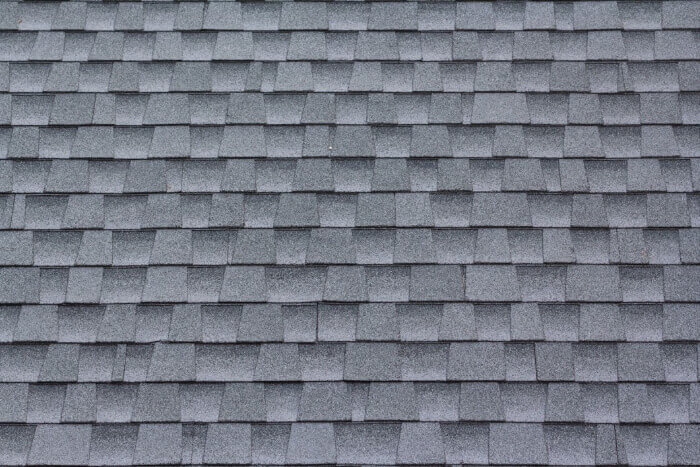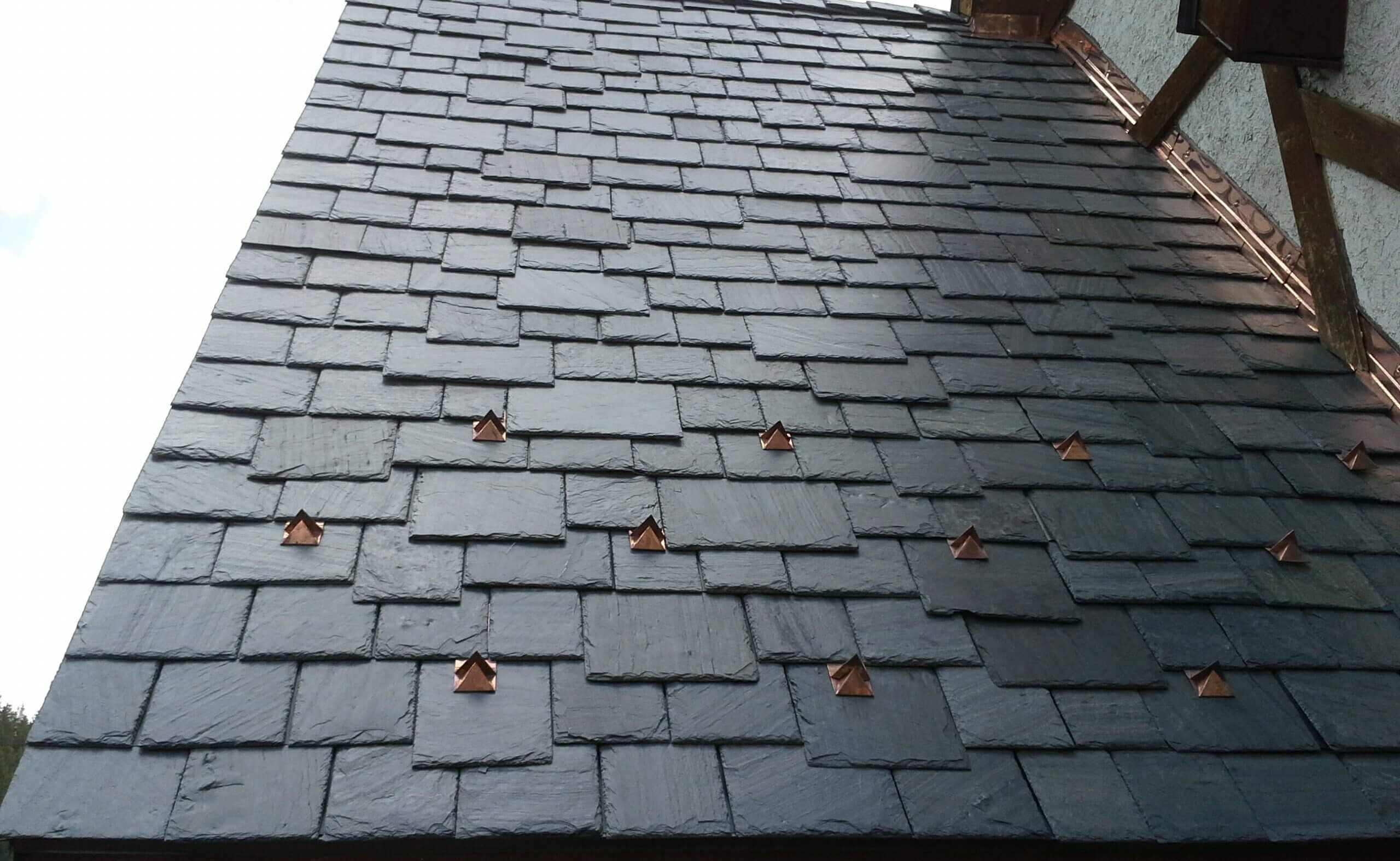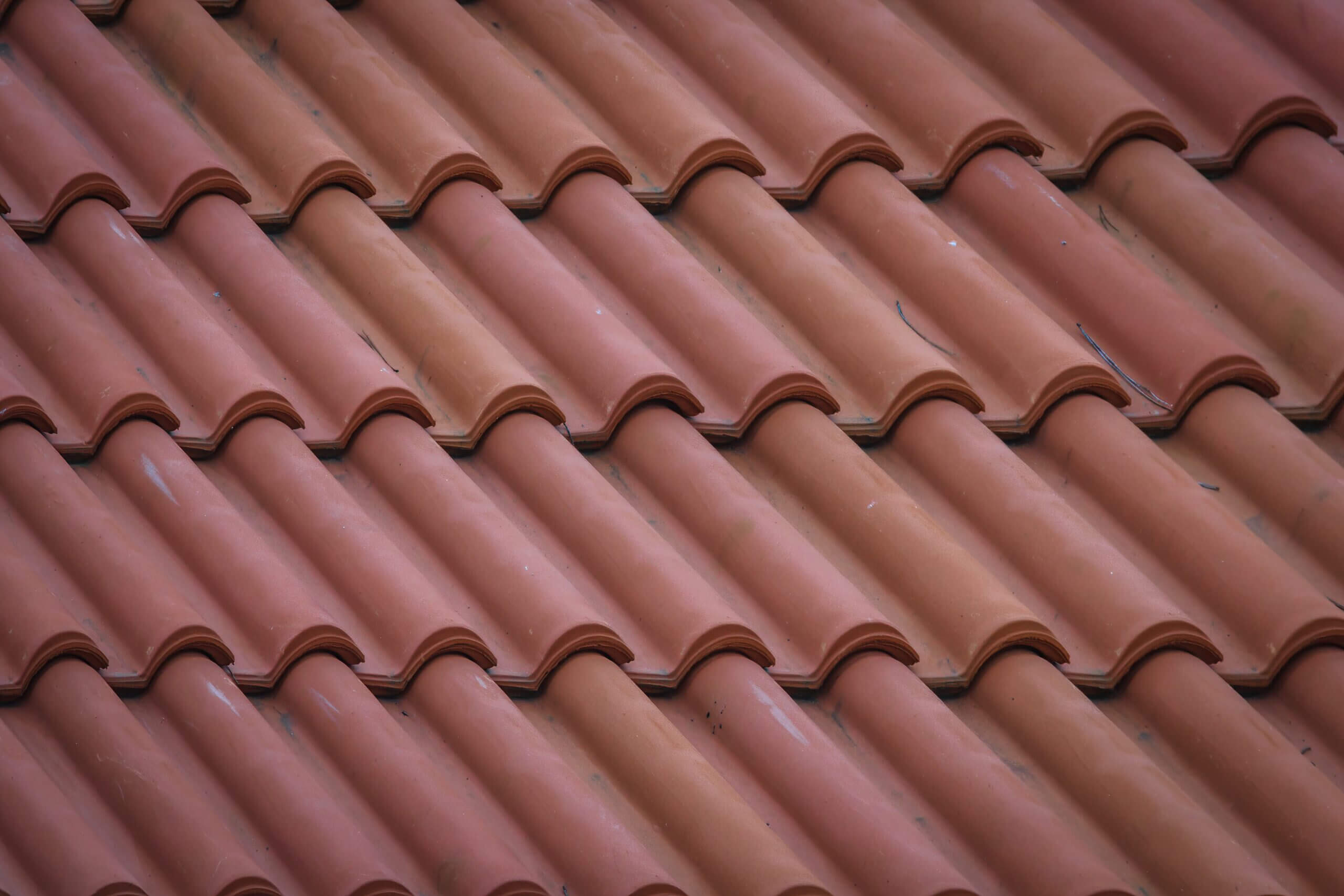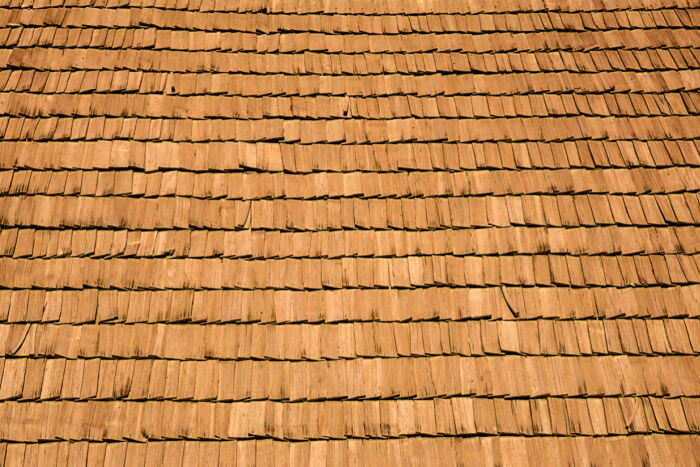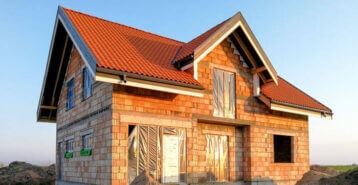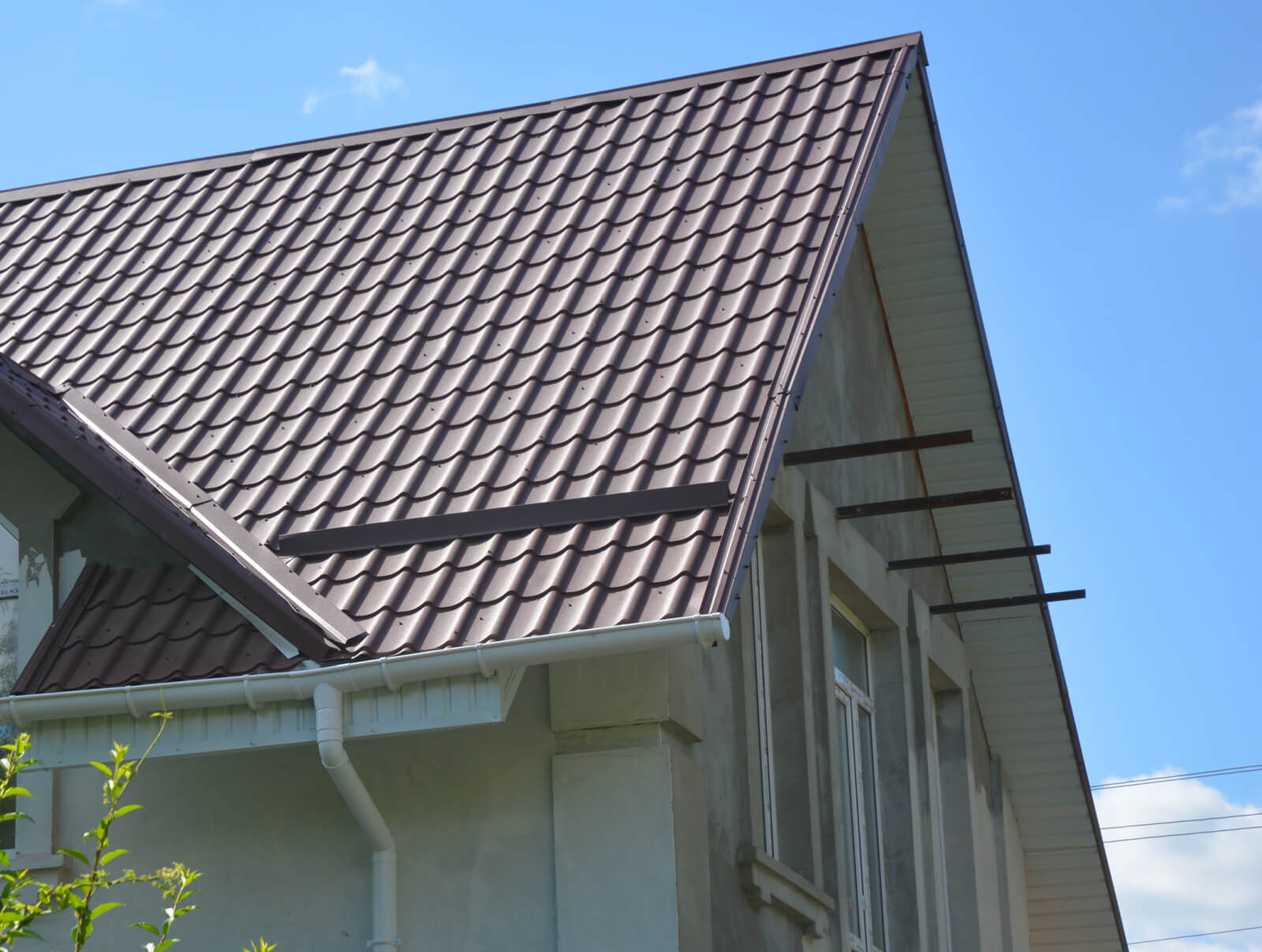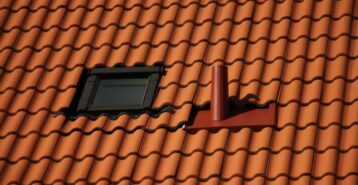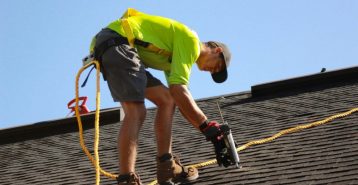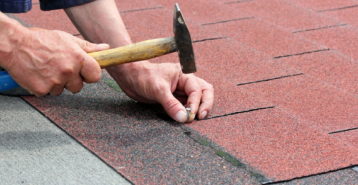What Is a Composite Roof?
Composite roofing is made from synthetic materials — often recycled plastic and rubber — that replicate the look of traditional roofing styles like slate, cedar shake, or clay tile. Among the most popular types are plastic roof shingles, also known as synthetic roof tiles or composite shingles.
These materials provide a lighter, more cost-effective alternative to natural roofing products without sacrificing durability or appearance.
Why Choose Composite Roofing?
Homeowners are choosing composite roofing systems for their versatility and low maintenance. Whether you want the rustic charm of wood shakes or the classic elegance of slate, composite shingles offer the same aesthetic with better weather resistance and fewer long-term costs.
Weather Resistance and Durability
Plastic roof shingles are flexible yet tough, withstanding strong winds, heavy rain, hail, and UV rays. Most products feature interlocking systems that create a secure, water-resistant barrier. They’re also impact-rated and less likely to crack under pressure.
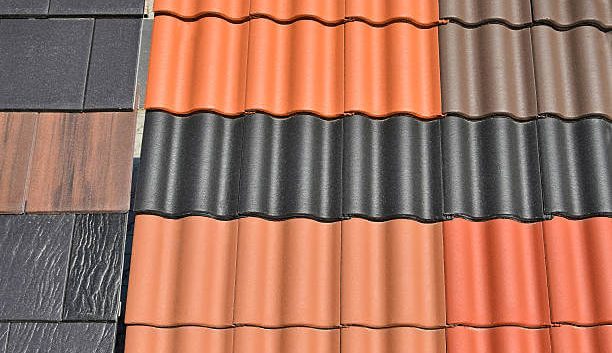
Are Composite Roof Tiles Eco-Friendly?
Composite roof tiles can be eco-friendly, especially when made from recycled materials like post-consumer plastics or rubber. Choosing a recycled product helps reduce landfill waste, and the tiles’ long lifespan means fewer replacements over time. Their lightweight design also cuts down on transportation emissions, and smooth surfaces make them ideal for rainwater collection.
However, not all composite tiles are recyclable after use. Since they’re made from a mix of materials, they usually can’t go in regular curbside recycling. Some manufacturers offer take-back programs, but it varies by brand. If sustainability matters to you, look for products made from recycled content and ask about end-of-life recycling options.
How Long Does a Composite Roof Last?
Most composite roofs are built to last 30 to 50 years. Many brands offer extended warranties, making them a dependable long-term investment for your home.
What Affects Composite Roof Lifespan?
Several factors can influence how long your composite roof will last, such as:
- Climate exposure
- Quality of installation
- Regular inspections
- Shingle material (polymer blend or recycled plastic)
With routine checks and occasional maintenance, your composite roof can last even longer than expected.
Styles of Composite Roof Tiles
Homeowners can choose from several composite roof tile styles designed to replicate more expensive roofing types.
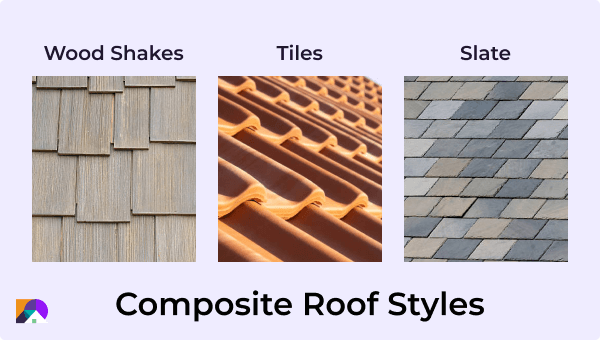
Wood Shake-Style Synthetic Shingles
Cedar-look plastic shingles offer a woodsy, hand-split appearance without the vulnerability to rot, mold, or insects.
Clay-Style Composite Tiles
Get the curved, Mediterranean charm of Spanish or barrel clay tiles without the weight or risk of cracking in cold climates.
Slate-Style Plastic Shingles
These mimic the elegant, timeless look of slate roofing, but they’re easier to install and far more affordable.
How Much Do Composite Tiles Cost?
On average, composite roof installation costs between $8,000 and $16,000 for a 2,000-square-foot roof, with most homeowners spending around $13,500. That’s roughly $4 to $8 per square foot, or $400 to $800 per roofing square (100 square feet).
Tips to Save on Your Composite Roof
You can lower the cost of your composite roof installation by:
- Requesting estimates from multiple contractors
- Choosing a roofing company familiar with synthetic shingles
- Looking for seasonal or promotional discounts
Pros and Cons of Plastic Roof Tiles
Let’s take a closer look at the benefits and drawbacks of plastic roofing shingles.
Pros
Plastic roof tiles come with several advantages:
- Affordable: Lower cost than slate, clay, or cedar roofs
- Low Maintenance: No sealing or staining required
- Durable: Resistant to mold, pests, and UV damage
- Lightweight: Easy to transport and install
- Long Lifespan: 30 to 50 years or more with proper care
Cons
It’s also important to consider a few potential downsides:
- Visual Limitations: May look synthetic up close
- Cold Climate Risk: Some plastics, like polypropylene, are prone to cracking
- Fire Rating Varies: Look for Class A fire-rated composite shingles
- Full Sheet Replacement: Damaged tiles often require full sheet replacement
- Poor Insulation: Composite tiles don’t naturally offer good insulation properties, but this can be improved with quality underlayment and reflective coatings.
Composite Shingles vs. Asphalt Shingles
Composite shingles and asphalt shingles are both popular roofing options, but they differ in durability, cost, and appearance. Asphalt shingles are often more affordable upfront and widely used, but they typically last 15 to 30 years.
Composite shingles, while sometimes more expensive initially, can last up to 50 years and offer better resistance to weather and wear. They also come in a wider range of styles that mimic high-end materials like slate or cedar. For homeowners looking for a longer-lasting, low-maintenance solution, composite roofing often provides more value over time.
Composite vs. Other Roofing Tiles
Compared to traditional roofing materials like slate, cedar, or clay, composite roofing offers a lightweight and easier-to-install alternative. Slate and clay tiles are heavy and can crack in cold weather, while wood shakes need regular upkeep.
Composite tiles give you the same high-end look without the added weight or maintenance. Plus, many are made from recycled plastic, making them a relatively eco-friendly choice. If you want the look of natural materials without the extra hassle, composite roofing is a good option.
How to Maintain a Composite Roof
While composite roofing is known for being low maintenance, occasional upkeep helps your roof last longer and perform better.
Easy Maintenance Tips
Here are a few tips to help keep your composite roof in great shape:
- Clean debris off roof surfaces after storms
- Rinse with water to remove dirt and moss
- Inspect shingles for damage or wear
- Replace damaged sheets promptly
Composite Roofing Tile Installation
Installing composite roofing tiles is often simpler than working with heavier materials, but it’s still a major project that requires the right tools, experience, and safety precautions.
Can You Install It Yourself?
Some composite plastic roofing systems are designed for DIY installation thanks to their lightweight build and interlocking edges. However, roofing is a high-risk job that requires safety gear, tools, and experience, so we always recommend hiring a pro.
Why Hire a Pro?
Hiring a licensed roofing contractor ensures your composite shingles are installed correctly. It also helps preserve your warranty and boosts the roof’s lifespan.
FAQ: Plastic Composite Roof Shingles
Are plastic shingles good?
Yes, plastic shingles, also known as composite or synthetic roof tiles, are a great roofing option for many homeowners. They offer the look of high-end materials like slate, clay, or cedar without the heavy weight or high cost. Plastic shingles are durable, weather-resistant, low-maintenance, and typically last 30 to 50 years. They’re also lighter and easier to install than natural materials, making them a solid choice for long-term value.
What is the disadvantage of a plastic roof?
While plastic roofs have many benefits, they also come with a few drawbacks:
- May look synthetic up close, especially on budget products
- Can crack in extreme cold, especially if made from lower-grade plastics
- Fire resistance varies, so it’s important to choose Class A-rated shingles
- Insulation is limited, though this can be offset with quality underlayment
- Damaged shingles often require full sheet replacement, rather than spot fixes
Despite these cons, many homeowners find the pros outweigh the downsides, especially when appearance, weight, and lifespan are top priorities.
Are plastic roofs expensive?
Plastic (composite) roofs are mid-range in price, typically costing $4 to $8 per square foot installed. For a 2,000-square-foot roof, that means a total cost of around $8,000 to $16,000, with most homeowners spending about $13,500. While more expensive than asphalt, plastic shingles are more affordable than slate or clay and tend to last longer with less maintenance, offering strong long-term value.


